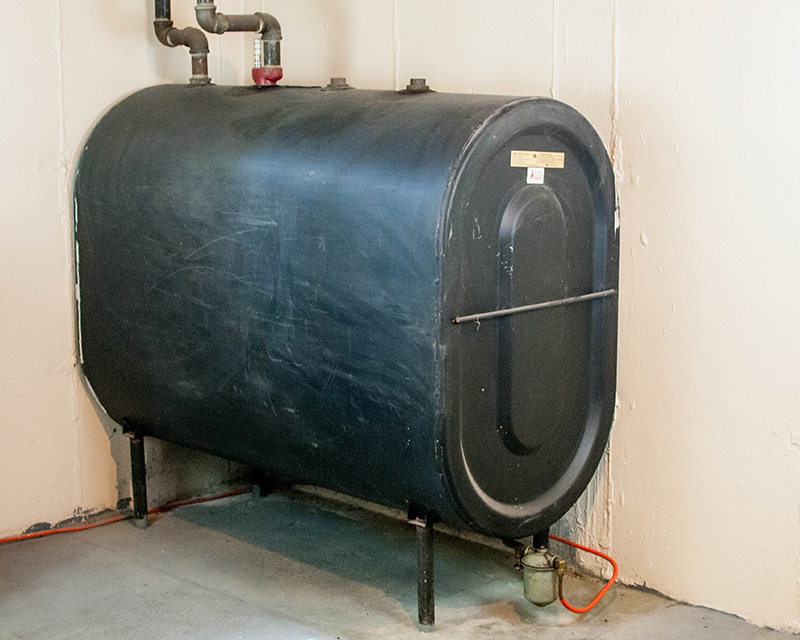The oil tank inside your home is something most people don’t think about. But it’s essential to the overall structure of your home. The owner of the property is accountable to maintain and repair their heating system and also the oil storage tank. If you don’t take care of your responsibility, it could lead to severe environmental and financial issues in the near future.

The decision of when to replace the oil tank is one of the most important considerations with regards to maintenance. Although proper maintenance can prolong the lifespan of an oil tank, eventually, they will all need to be changed. The cost of replacing an oil tank is contingent on several factors, such as the size and type of tank, its location, and how complex the installation.
The most popular size of oil tank that is used in homes is the 275 gallon oil tank replacement cost.The price of replacing the oil tank for 275-gallon varies from $1,500 up to $3,600, depending on the aforementioned factors. It is important to keep in mind that some installation expenses, like permits, labor and disposal of the old tank, may not be included.
The expense of tank replacement might seem daunting However, it’s crucial to consider the costs of ignoring a tank that is failing. A leak in the oil tank can result in significant environmental damage, as along with fines and legal liability for the property owner. In winter, leaks in tanks can lead to the loss of heat that can be expensive and hazardous to repair.
To prevent this from happening ensure regular maintenance and inspections of your oil tank. This means annual inspections, and regular cleaning and monitoring for leaks. If any issues are discovered it’s essential to address these issues quickly to avoid expensive repairs later on.
When it comes to choosing the right replacement tank for your oil tank, there are a few different options available. The most widely used kinds of oil tanks are above ground and below-ground tanks. Above-ground tanks are generally less expensive and easier for installers to install however, they may appear unattractive. Above-ground tanks are cheaper and easier to install, however they may be more visually unattractive.
For a safe and secure installation, make sure you select an oil tank replacement business with years of experience and an excellent reputation. An expert installer can not only guarantee that the tank is put in place correctly, but they will be able to properly dispose of the old tank along with any potentially hazardous components involved in the installation.
Alongside regular maintenance and proper installation, there are a few additional things that property owners could do to help extend the life of their oil tank. These include:
1. Maintaining the tank’s capacity: The tank should be filled to help prevent condensation from forming within the tank. This could lead to corrosion.
2. The best fuel for your needs is high-quality. This can stop the accumulation of sediment inside the tank. This can cause corrosion and blockages in the fuel line.
3. Keep the area surrounding the tank clear of vegetation and debris. This can help stop inspections and damages.
4. Inspecting for leaks frequently Checking for leaks regularly could help you identify problems earlier, before they get more severe and cost a lot to fix.
The replacement of an oil tank is a very important issue for anyone who has a home with an oil-burning heater. The cost of replacement will vary based upon a variety of variables the failure of a tank could result in significant environmental and financial loss. Regular inspections, maintenance and deciding on a reputable and trusted installer can guarantee that your tank is installed in a safe manner and has reliable heating.
For more information, click oil tank replacement cost